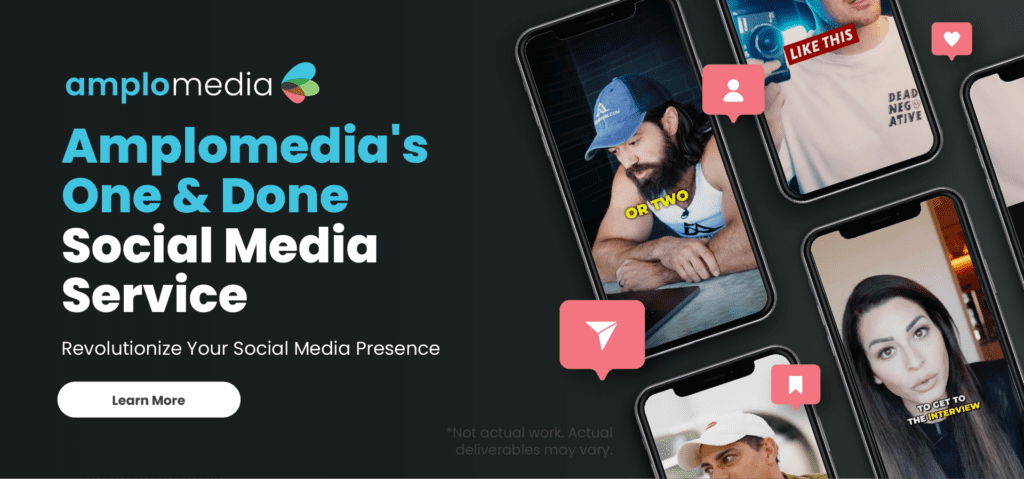Great content isn’t just about what you want to say—it’s about what your audience needs to hear.
Many businesses make the mistake of focusing too much on their own message, their products, and their brand story. But if your audience doesn’t see themselves in your content, they won’t engage with it.
Writing for your audience means understanding who they are, what they care about, and how they consume information. It’s about creating content that speaks directly to their needs, challenges, and desires.
Understanding Your Audience: More Than Just Demographics
Many marketers rely too heavily on surface-level data like age, location, and job title. But knowing that your audience consists of “35-50-year-old business professionals” doesn’t tell you why they would engage with your content.
True audience understanding comes from deeper insights:
- Pain points: What challenges do they face? What keeps them up at night?
- Motivations: What drives their decisions? What solutions are they actively seeking?
- Behavior patterns: Where do they consume content? Do they prefer short-form videos, in-depth blogs, or quick email newsletters?
Audience research isn’t a one-time task. It’s an ongoing process that ensures your content stays relevant and valuable.
Writing in a Way That Resonates with Your Audience
It’s not just what you write—it’s how you write it.
The best content feels personal and relatable—as if it was written just for them. That’s why tone, style, and language choices matter.
- B2B vs. B2C: A formal, data-driven tone works for C-suite executives, but a casual, conversational style may be better for direct-to-consumer brands.
- Expert vs. beginner audience: Industry insiders expect technical depth, while newcomers need simplified explanations.
- Conversational vs. professional tone: Think about how your audience speaks. If they prefer plain language, avoid corporate jargon that feels distant and impersonal.
Want to know if your content resonates? Read it out loud. If it sounds robotic or generic, it probably needs a more natural, engaging touch.

The Mistakes Most Writers Make When Trying to “Write for Their Audience”
Even when brands think they’re writing for their audience, they often make these common mistakes:
- Talking too much about themselves. Your audience doesn’t care about your company history—they care about how you can help them. Instead of saying:
- Using jargon or overly complex language. Big words don’t make you sound smarter. They make your content harder to read. Simple, clear language is always more effective.
- Focusing on features instead of benefits. Don’t just tell people what your product does—explain how it improves their life or solves a problem.
Your audience wants solutions, not specs.
How to Make Your Content Feel More Personalized
Personalized content feels like a one-on-one conversation rather than a generic announcement. But personalization isn’t just about adding a {FirstName} tag in an email—it’s about making the reader feel seen and understood.
Here’s how:
- Use “you” language. Shift from “We help businesses succeed” to “Here’s how you can grow your business faster.”
- Segment your content. Tailor messaging for different customer types instead of using a one-size-fits-all approach.
- Incorporate real-world proof. Case studies, testimonials, and user-generated content create trust and show readers that others like them have benefited from your insights.
People engage more with content that feels like it was written just for them.
Writing for Different Stages of the Buyer’s Journey
Not all content serves the same purpose. Your audience is at different stages of awareness, and your writing should reflect that.
- Awareness Stage: Your audience is just discovering a problem they need to solve. They need educational, informative content—like blog posts, guides, and explainer videos.
- Consideration Stage: Now they’re evaluating options. Product comparisons, expert insights, and case studies help them weigh their choices.
- Decision Stage: They’re ready to take action. Persuasive CTAs, testimonials, and demos can nudge them toward converting.
The biggest mistake? Using the wrong content at the wrong time. If someone is still in the awareness phase, pushing a hard sales pitch too soon will turn them off. Meet your audience where they are.
Writing With Your Audience, Not At Them
Great writing isn’t about pushing a message—it’s about starting a conversation.
When you shift your focus from “What do we want to say?” to “What does our audience need to hear?” everything changes. Your content becomes more engaging, more effective, and more valuable.
Listen to your audience. Speak their language. Solve their problems. That’s what writing for your audience really means.
Want more insights on creating content that connects? Check out The Hero’s Journey for B2B: Why Storytelling is Your Secret Weapon.

